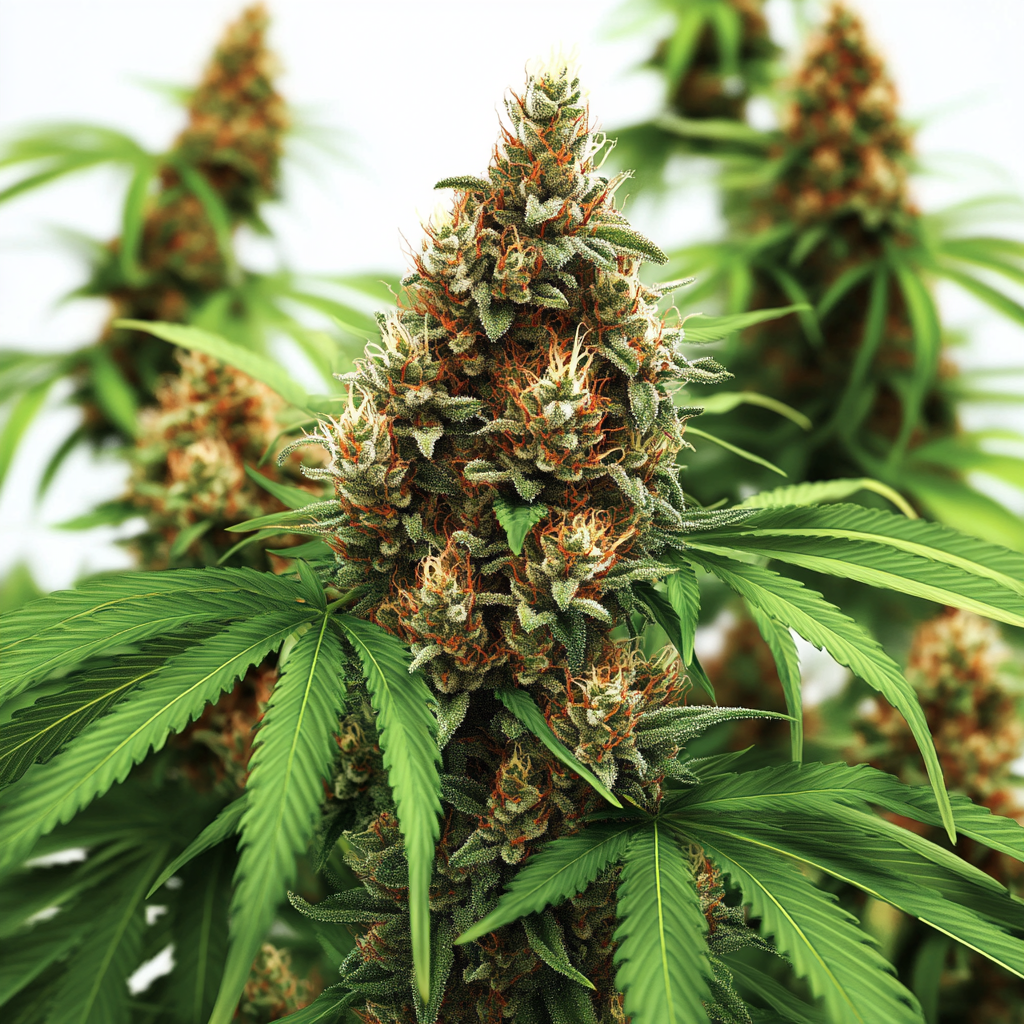In recent years, the exploration of cannabis for medicinal purposes has gained significant traction. Among the various compounds found in cannabis, THCa (tetrahydrocannabinolic acid) has emerged as a promising candidate for pain relief. This article delves into the potential benefits of THCa flowers, examining their role in alleviating pain and enhancing quality of life.
Understanding THCa
THCa is a non-psychoactive cannabinoid found in raw and live cannabis plants. Unlike THC (tetrahydrocannabinol), which is known for its psychoactive effects, THCa does not produce a “high.” This makes it an attractive option for individuals seeking the therapeutic benefits of cannabis without the mind-altering effects.
The Science Behind THCa
THCa is the precursor to THC. When cannabis is heated through smoking, vaping, or cooking, THCa undergoes decarboxylation, converting into THC. In its raw form, THCa interacts with the body’s endocannabinoid system, which plays a crucial role in regulating pain, mood, and inflammation.
THCa Flowers and Pain Relief
Research suggests that THCa may offer significant pain-relieving properties. Its anti-inflammatory effects are particularly noteworthy, as inflammation is a common underlying factor in various types of pain.
Anti-Inflammatory Properties
Studies have shown that THCa can inhibit the production of pro-inflammatory enzymes, potentially reducing inflammation and associated pain. This makes it a potential alternative for individuals suffering from conditions like arthritis, fibromyalgia, and chronic pain syndromes.
Neuroprotective Effects
THCa has demonstrated neuroprotective properties in preclinical studies. By protecting nerve cells from damage, THCa may help alleviate neuropathic pain, which is often challenging to treat with conventional medications.
Case Studies and Research
Several case studies and research initiatives have highlighted the potential of THCa in pain management. While more extensive clinical trials are needed, the existing evidence is promising.
Case Study: Arthritis Relief
In a small-scale study, patients with arthritis reported significant pain reduction after using THCa-rich cannabis. Participants noted improvements in joint mobility and a decrease in morning stiffness.
Research on Chronic Pain
A study published in the Journal of Pain Research explored the effects of THCa on chronic pain patients. The findings indicated that THCa could reduce pain intensity and improve overall quality of life without causing psychoactive effects.
How to Use THCa Flowers
For those interested in exploring THCa flowers for pain relief, there are several methods of consumption. Each method offers unique benefits and considerations.
- Juicing: Consuming raw cannabis through juicing preserves THCa in its natural form. This method is popular among individuals seeking the therapeutic benefits of cannabis without psychoactive effects.
- Tinctures: THCa tinctures provide a convenient way to consume the compound. They can be added to food or beverages, offering a discreet option for pain management.
- Topicals: THCa-infused creams and balms can be applied directly to the skin, targeting localized pain and inflammation.
Legal Considerations
The legal status of THCa varies by region. In some areas, THCa is classified similarly to THC, while in others, it is considered a separate compound. It’s important for consumers to be aware of local regulations before purchasing or using THCa products.
Conclusion
THCa flowers present a promising avenue for pain relief, offering anti-inflammatory and neuroprotective benefits without the psychoactive effects associated with THC. While more research is needed to fully understand its potential, existing studies and anecdotal evidence suggest that THCa could be a valuable addition to pain management strategies. As interest in cannabis-based therapies continues to grow, THCa may play an increasingly important role in improving the quality of life for individuals suffering from chronic pain.
